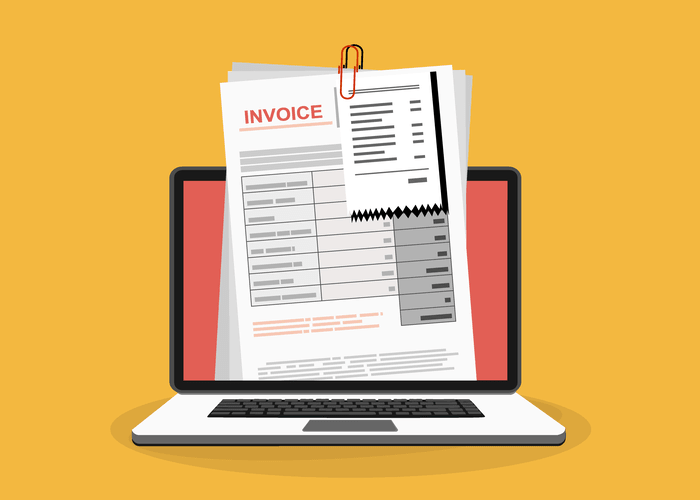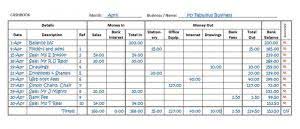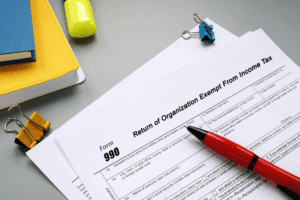Stock dividends are a type of dividend payment in which a company distributes additional shares of its own stock to existing shareholders instead of cash. These are often used by companies to conserve cash while still rewarding shareholders. In addition to dividend yield, another important performance measure to assess the returns generated from a particular investment is the total return factor. This figure accounts for interest, dividends, and increases in share price, among other capital gains. Larger and slower-growing businesses are more likely to pay dividends to their investors than smaller, faster-growing companies.
A closer look at the ins-and-outs of dividends.
- A stock dividend is a reward for shareholders made in additional shares instead of cash.
- The frequency of dividend issues can be monthly, quarterly, annual or semi-yearly, and it involves following a calendar.
- A dividend is an amount of money paid by a company to its shareholders.
- Retained earnings are an excellent indicator of a company’s health in the same way that dividends are.
- DRIPs typically aren’t mandatory; investors can choose to receive the dividend in cash instead.
- Preferred stock, on the other hand, usually has a greater claim to dividends.
Dividend yield lets you compare the value of dividends from different companies. Stock XYZ, for example, might pay a higher quarterly dividend than ABC of 20 cents per share, for a total annual dividend of 80 cents. Since shares of XYZ are valued at $75 per share, though, the dividend dividend account yield is only 1%.
Why do businesses pay Dividends to its shareholders?
The board of directors approves this proposal and determines the payment amount, eligible shareholders, and final distribution. Dividends refer to the portion of business earnings paid to the shareholders as gratitude for investing in the company’s equity. They are issued in cash or as additional shares with the Partnership Accounting board of directors of a company taking such decisions.
Stock Dividends
Not all stocks offer them as it is an expense for a firm and brings down its retained earnings. Investors prefer dividend-bearing stocks as they provide a relatively steady income over and above the earnings that can come off through share trading. Not all companies pay dividends, and not all investors care about them. A shareholder may be indifferent to a company’s dividend policy, especially if the dividend is used to buy more shares.
Some companies also issue a one-time lumpsum payment to reward their shareholders. The board of directors is responsible for decisions related to profit distribution, which occurs in consent with major stakeholders. Dividends are commonly distributed to shareholders quarterly, though some companies may pay dividends semi-annually.
- NerdWallet does not and cannot guarantee the accuracy or applicability of any information in regard to your individual circumstances.
- These include companies from various sectors worldwide that make regular dividend payments in order to give their shareholders a share in the profits.
- With a little bit of research, you can start receiving dividend payments from the companies in which you invest.
- The stock dividend rewards shareholders without reducing the company’s cash balance.
- The exact frequency of a company’s dividend payments is usually set out in the company’s articles of association or in the financial information published by the company’s management.
Chronology of Dividend Issue
The following diagram shows the methods of dividend payment that exist. New Sports International Ltd declares liquidating payments of $10,00,000, out of which $2,00,000 is the income, and the remaining amount is the capital reimbursement. Many countries also offer preferential tax treatment to dividends, treating them as tax-free income. Dividend payouts may also help provide insight into a company’s intrinsic value. The dividend rate can be quoted in terms of the dollar amount each share receives as dividends per share (DPS). The stock might trade at $63 one business day before the ex-dividend date.
- During tougher times, earnings might dip too low to cover dividends.
- A steady track record of paying dividends makes stocks more attractive to investors.
- A company may issue a stock dividend rather than cash if it doesn’t want to deplete its cash reserves.
- By knowing how dividends work, you can benefit from the wealth-creating capabilities of dividends.
- The rate of return on your original investment to acquire the underlying asset will rise with time as dividends rise over time.
At the same time, as sales grow, it becomes more likely that firms with a lower payout ratio will increase their dividends. You have to keep a copy of the dividend voucher and give a copy to each investor getting a dividend payment. A dividend is a proportion of profit paid by a company to its shareholders. The following table summarizes the advantages and disadvantages of dividends and helps investors to cash flow weigh up the potential benefits and risks of dividend investments. Miranda Marquit has been covering personal finance, investing and business topics for almost 15 years.





